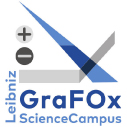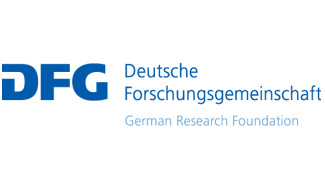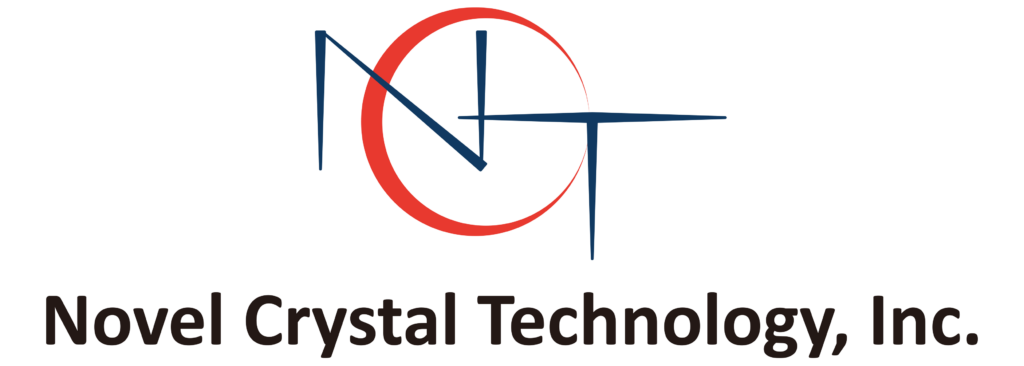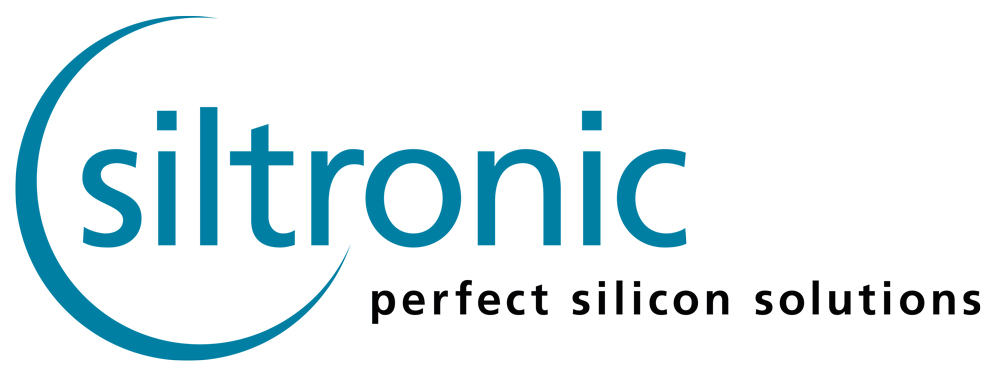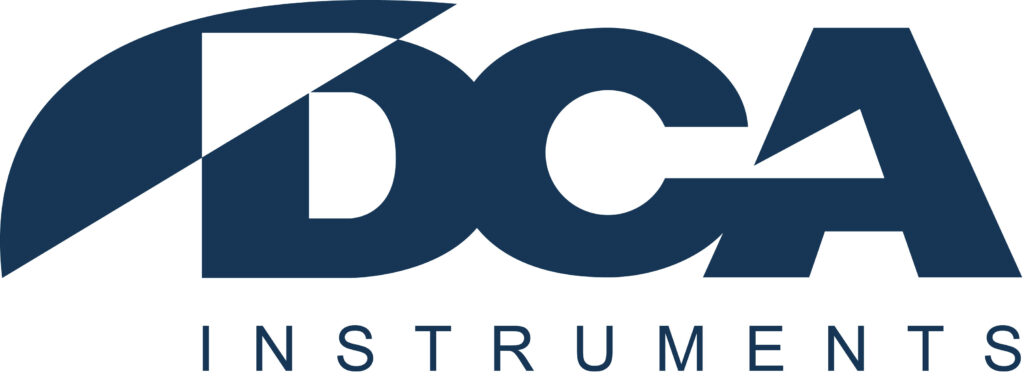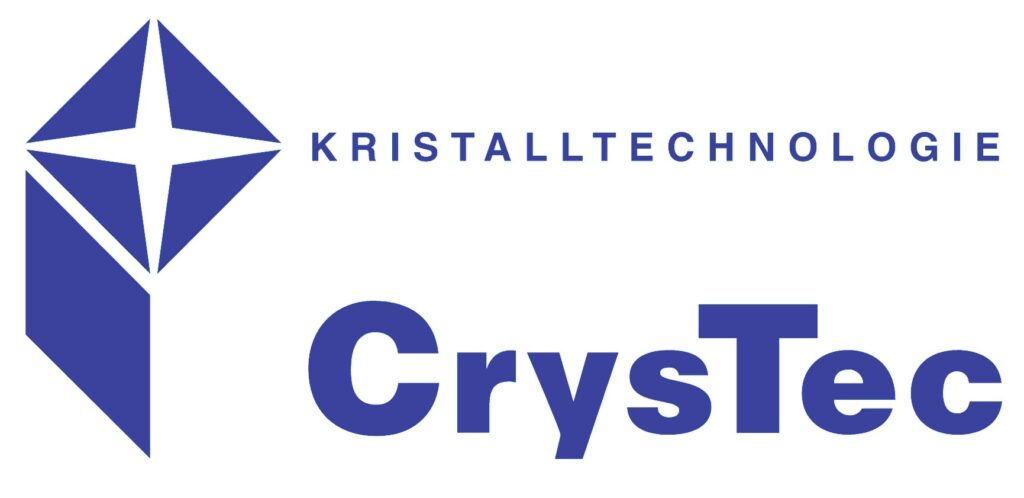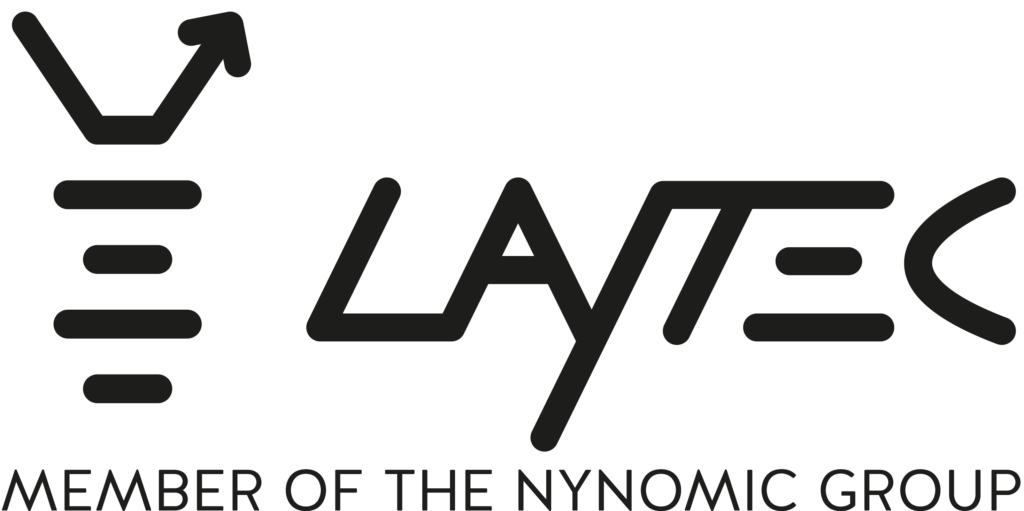Our long-term materials strategy
In its first phase from 2016 to 2020, the network has focused on the sesquioxides Ga2O3, In2O3,
Al2O3, with some initial work on the more complex and versatile class of perovskites, e.g. SrTiO2,
LaAlO3, BaSnO3. On a midterm timescale, we expect to gain comprehensive knowledge of both
material systems. We expect that lessons learned from the work on sesquioxides will greatly facili-
tate achieving high material quality and understanding of complex oxides. This will eventually unite
these presently distinct research fields.
Overall goals of GraFOx
– to achieve material with high crystalline perfection sesquioxides (Ga2O3, In2O3, Al2O3) in a first
stage and later also of complex oxides (of the type SrTiO3)
– to understand fundamental material properties in close interaction between experiment and theory.
These include all device-relevant aspects, i.e. properties of bulk materials, alloys, and heterostruc-
tures with special regard to the different crystal structures, as well as doping, defects, etc.
– to assess the potential of these materials for novel devices and to make them available for new
applications.
– to facilitate close interaction between growth, physical investigations and theory.
– to train young scientists in the vivid field of oxide materials.
Long-term vision: Materials by Design
Our long-term vision is to fuse GraFOx research in the fields of materials synthesis, experimental
characterization and ab-initio theory into a modern platform that can predictively provide “Materials
by Design”. This will enable a fundamentally new approach in the quest for new materials and new
applications, away from intuition- and curiosity-driven research towards a directed search in close
symbiosis between theoretical prediction and experimental verification.
GraFOx dynamics: extending basic research to device applications
GraFOx has the goal to form a comprehensive topical network with a strong international standing.
It is a nucleus for the inclusion of further activities and partners and for winning further joint fun-
ding. This holds in particular for applications and device work which in the first phase received little
funding.
Our strategy is to do solid materials science and fundamental research at first, but to extend our
work to devices and applications whenever and wherever possible. Consequently, in the second
funding phase started in 2020, we have taken up a new project cluster on device applications such
as power electronics, UV detectors and conductometric gas sensors.
Some GraFOx achievements in numbers
Researchers from GraFOx have so far presented more than 50 invited talks at conferences and
published more than 105 publications, of which 30% are joint publications from at least two partner
institutions.
Senior GraFOx researchers have (co)organized more than 12 international meetings or
dedicated conference sessions. GraFOx groups have brought in more than 10 Mio. € of new project
funding on top of the initial startup-funding of 1.2 + 0.9 Mio. € from the Leibniz Association for the
first and second funding phase. GraFOx partner institutions provide about 2.1 + 2.7 Mio. € of co-fun-
ding, respectively. Starting with 12 PhD students and projects in 2016, GraFOx now has more than
33 projects with 25 PhD students.
In 2024 GraFOx co-organized IWGO2024, the most prestigious bi-annual international conference on gallium oxide and related materials.

